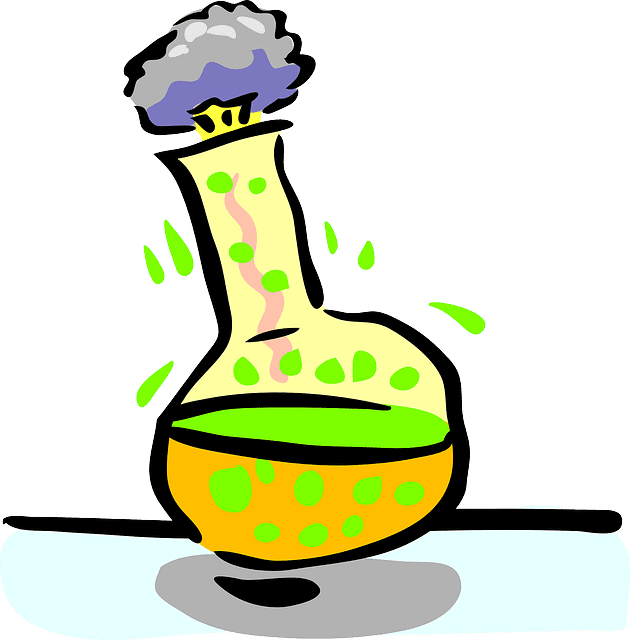We have all been there, even me. It is the situation where your child and you set up and perform a science experiment only to have it fail. For most people this is frustrating. When this happens parents often wonder if their children are learning from it. As a scientist, I find it interesting that our response is frustration and doubt instead of delight. R. Buckminster Fuller said it best when he said, There is no such thing as a failed experiment, only experiments with unexpected outcomes. Unexpected outcomes should be treated with a sense of wonder. You have just been handed a logic puzzle that requires the scientific method to try to solve it.
Unexpected outcomes from an experiment are when you get to practice real science like scientists do. Most if not all the experiments in the courses you are using have been performed successfully or they would not be assigned. That means that the experiments in science book have expected outcome predicated on the consistent results from the huge number of times the experiment has been performed. If you get an unexpected outcome, you and your child get to brainstorm to figure out what set of conditions changed.
For most of us the first thing we do is question whether it was us. We pore over the experiment’s set up, procedure, and materials to ensure that we didn’t miss anything or make a mistake. If we didn’t make any mistakes, we conclude that the problem must be with the experiment itself. This series of steps is exactly what you should do if the experiment yields unexpected results. While looking over the written instructions and troubleshooting your procedure discuss the learning goals for the experiment. Ask your child if the learning goals were met since the experiment didn’t give the expected results. If the answer is that they were not met, why not? What do you need to do to meet those learning goals?
One of the main learning goals for all scientific experiment is that kids begin, through use, to come to an intuitive understanding of the scientific method. It helps to focus on the scientific method when troubleshooting an experiment. A hypothesis is an educated guess. When a scientist makes a hypothesis, they are basing it on the observations and results their fellow scientists and they themselves have conducted. When scientists get results that are not consistent with previous experiments before rethinking a hypothesis they look over the procedure used to see if anything was changed. That should be you next step as well.
While poring over how the experiment was conducted there are several questions to ask with regard to the procedure. Is it possible that there is a typo in the procedure? Maybe you missed a step? Perhaps there are multiple ways to interpret one of the steps? Sometimes there is a step that is very finicky and needs to be followed exactly. When that happens it can make the experiment more complicated to duplicate than the author realized. Do not be shy about contacting the publisher or author of the lab. They should welcome the feedback and will often try to help you duplicate his or her results. I have been contacted several times about experiments that weren’t working in my science courses.
I start troubleshooting with the materials. Problems with materials are the most common cause of unexpected results in an experiment. This is the observation phase of the scientific method as applied to the situation. It’s important to focus on each ingredient. In my science courses there have been three instances where experiments failed because of materials. I have learned that cornstarch can absorb a lot of moisture in very humid environments, and that this can cause problems for some experiments. It turns out that in the last five years manufacturers have begun putting an ingredient called hi-float into balloons before they fill them with helium so that the balloons will lose helium more slowly. Did you know that in some states it takes a much higher concentration of bleach to turn food color in water colorless than in other states. We went ingredient by ingredient observing how each was behaving in the experiment to determine what was causing the unexpected results. It was a lot of fun and great science practice both at the same time. 🙂
At the end of this you might or you might not know what gave the unexpected results. Either way it is good to discuss the results and observations and come up with some conclusions from the experiment. Good statements to include in the conclusion of all lab reports is how this experiment could be improved on to meet the learning goals of the experiment. This is especially important in an experiment where you got unexpected results.
I’m hoping that most of your experiments go the way they are intended. The next time an experiment gives unexpected results, instead of getting frustrated, I hope you realize how much fun and learning can happen by applying the scientific method to logically deduce what led to the results. I promise you, you do not have to be a scientist to enjoy the process.
More Secular Homeschool Science Posts by Blair Lee & SEA
Teaching the Science of Climate Change to Middle Schoolers
Vetting Science Curriculum
A Science Lab in Your Home

